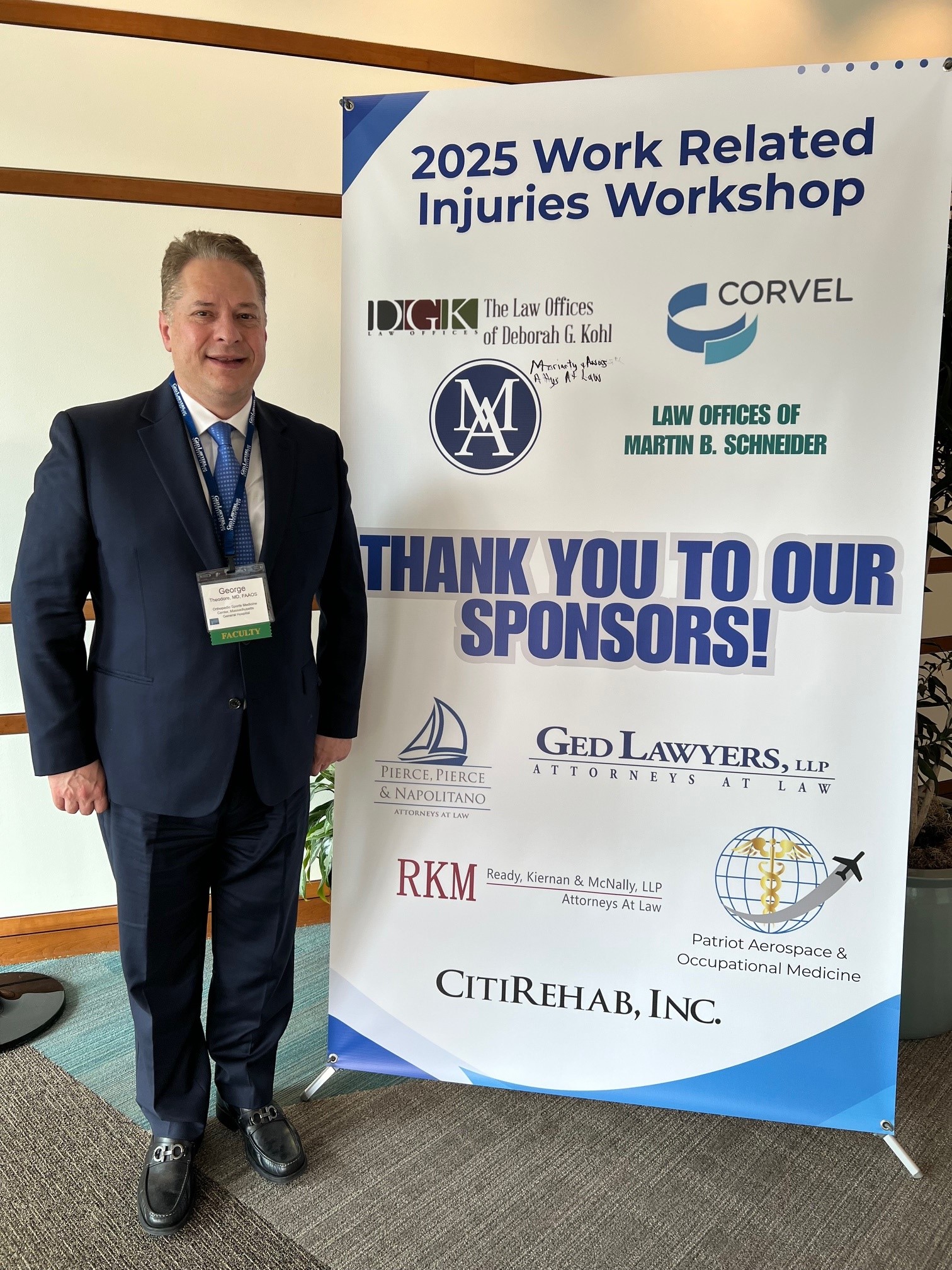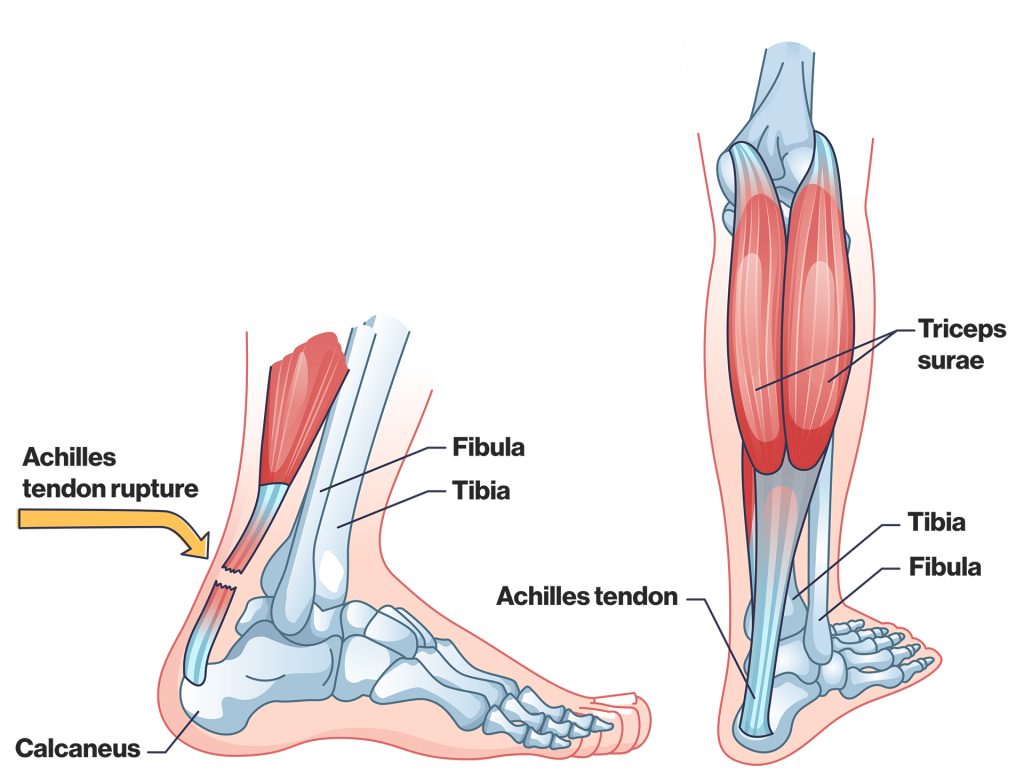When it comes to sports injuries, cartilage damage is more common than many people realize. Cartilage is the smooth, rubber-like tissue that cushions joints and allows bones to move against each other without friction. In the knee, ankle, and foot, healthy cartilage is essential for pain-free movement and athletic performance. Unfortunately, this tissue does not heal easily once injured.
What Causes Cartilage Injuries?
Cartilage injuries often occur due to:
- Sports trauma – sudden twists, direct impact, or falls.
- Repetitive stress – overuse from running, jumping, or high-intensity training.
- Instability in the joint – such as from a prior ligament injury, which places extra stress on cartilage.
Common Symptoms
Patients with cartilage damage may experience:
- Persistent joint pain, especially during activity
- Swelling or stiffness
- Clicking, catching, or locking in the joint
- A feeling of instability or weakness
Treatment Options
Treatment depends on the location, severity, and size of the cartilage injury. Options may include:
- Non-surgical care – physical therapy, bracing, or injections to reduce pain and improve function.
- Minimally invasive surgery – arthroscopic procedures to smooth or repair cartilage.
- Restorative procedures – advanced techniques such as microfracture, cartilage transplantation, or biologic therapies to regenerate healthy tissue.
Why See a Specialist?
Because cartilage does not heal on its own, early diagnosis and treatment are critical. As a Boston-based orthopaedic surgeon specializing in knee, ankle, and foot injuries, Dr. George Theodore, MD has extensive experience treating athletes and active individuals with cartilage injuries. His goal is always to restore mobility, relieve pain, and help patients return to the activities they love.




